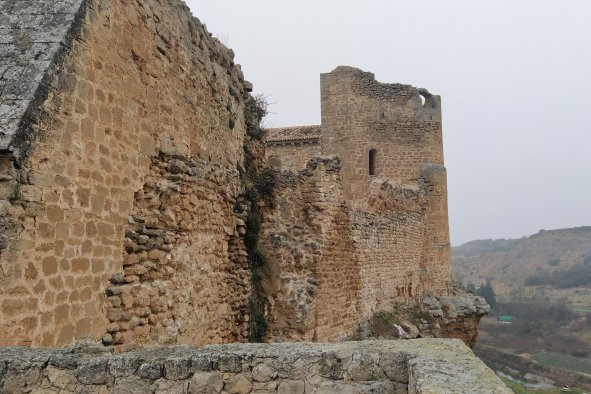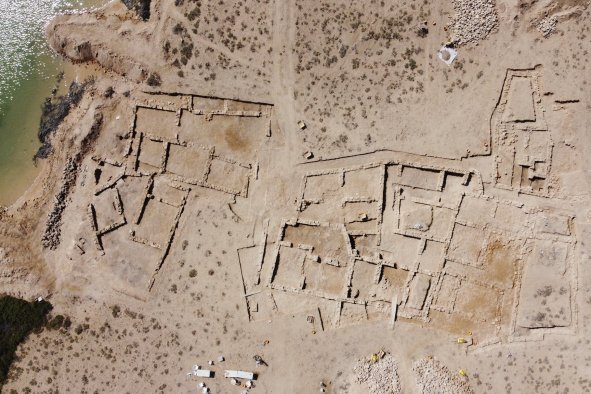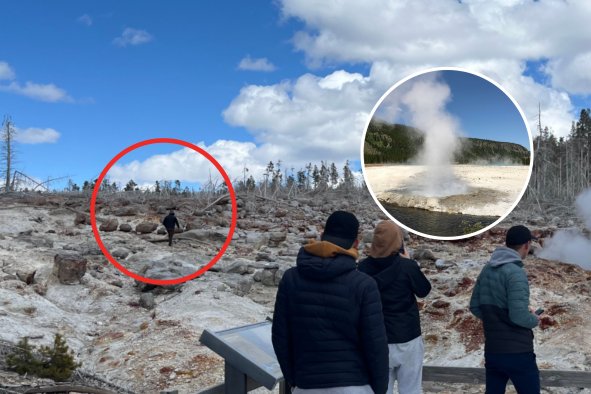A set of medieval catapult projectiles used in a 13th-century siege that lasted almost half a year have been discovered.
The eight, perfectly preserved catapult shots, some of which are huge in size, were found outside the walls of Kenilworth Castle in Warwickshire—a county in the West Midlands in England. The discovery was announced by English Heritage, a charity that manages historical monuments and sites in the country.
The catapult shots were used during the 1266 siege of the castle when England was in the midst of a civil conflict known as the Second Barons' War. This war pitted the forces of several rebel barons, led by Simon de Montfort, against royalist forces fighting in the name of the then monarch, Henry III.
Montfort, who was the Earl of Leicester and the king's brother-in-law, had previously been granted Kenilworth Castle by Henry in 1244. When the Second Barons' War broke out in 1263, he used it as his center of operations.
But Montfort was killed in August, 1265, at the Battle of Evesham. Despite this, his supporters continued to use the castle as a base.
In 1266, a messenger Henry had sent to the rebels was returned to him with a severed hand. Outraged, the king dispatched a force to try to reclaim control of the former royal stronghold.
This force laid siege to the castle for a total of 172 days between June and December of 1266. This makes it one of the longest sieges in English medieval history.
Among the weaponry used by the king's forces were siege engines, including catapults designed to fire large stone projectiles. The castle garrison also had similar siege engines available to them.
The recently discovered projectiles—found outside the castle's western walls, close to the ground's surface—were likely fired by both sides during the siege.
The projectiles vary significantly in size, with the largest weighing around 230 pounds and the smallest only 2 pounds.
"We were able to immediately link these findings to the 1266 siege because of similar finds recovered during an archaeological excavation of Kenilworth Castle in the 1960s," Will Wyeth, English Heritage's properties historian, said in a press release.
"However, it's not every day we get lucky enough to stumble across historical remains like this by chance. Imagine the surprise of the team working on improving the pathways around the site when they unearthed these impressive stone projectiles that are nearly 800 years old!
"These would have caused some serious damage fired from war machines. Records show that one of Henry III's wooden siege towers, containing around 200 crossbowmen, was destroyed by just one well-aimed missile."
The 172-day siege ended with a victory for the royalists as the castle garrison eventually succumbed to starvation and disease. The king's forces took control of the castle and Henry subsequently gave it to his son, Edmund, Earl of Lancaster.
The catapult projectiles were discovered during recent works to improve accessibility around the castle site for pedestrians and wheelchair users.
Do you have a tip on a science story that Newsweek should be covering? Do you have a question about archaeology? Let us know via science@newsweek.com.
Disclaimer: The copyright of this article belongs to the original author. Reposting this article is solely for the purpose of information dissemination and does not constitute any investment advice. If there is any infringement, please contact us immediately. We will make corrections or deletions as necessary. Thank you.



